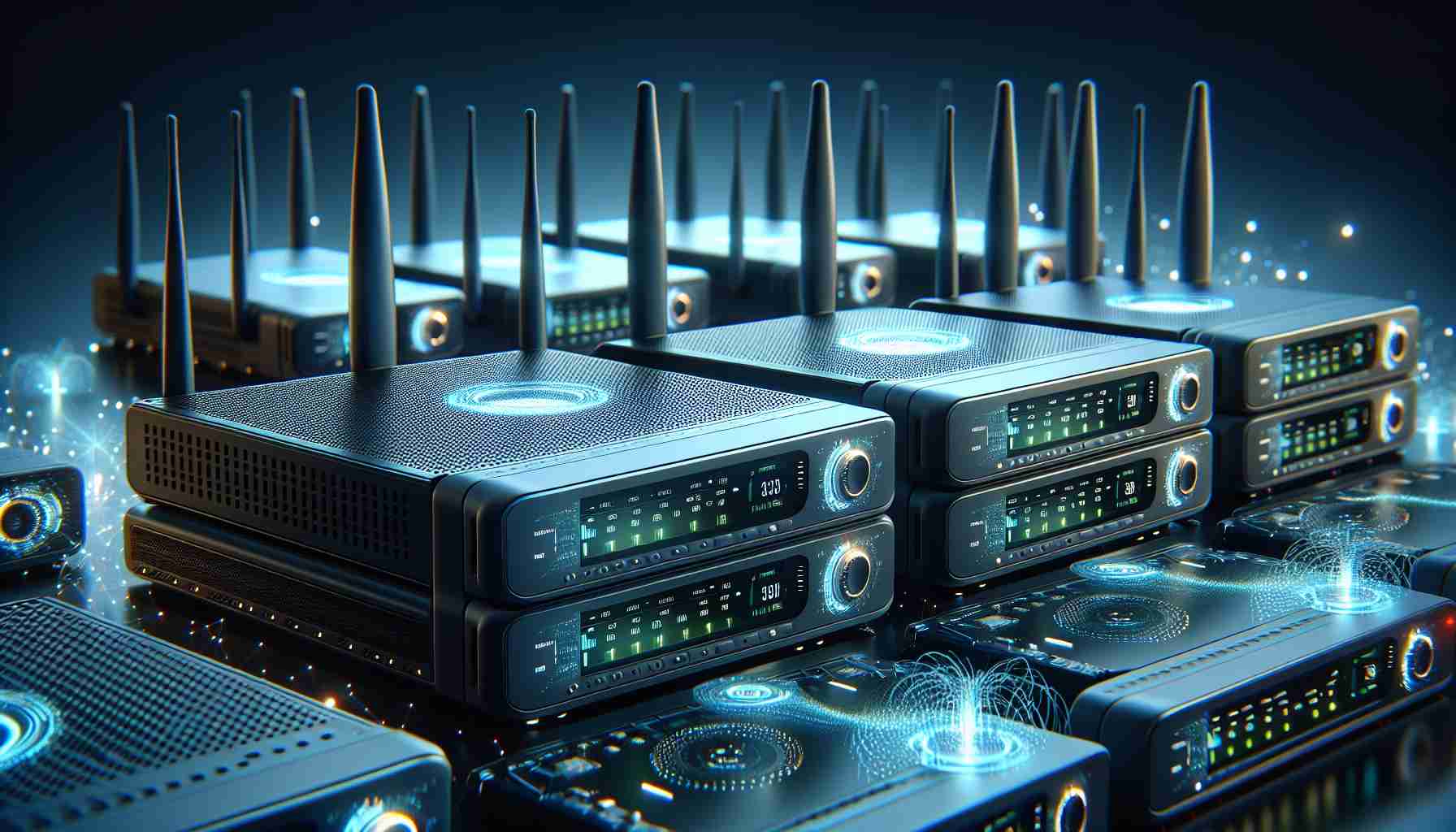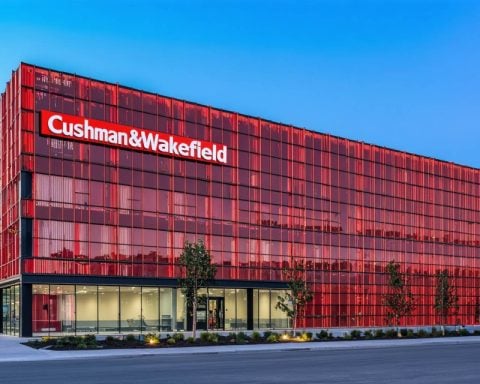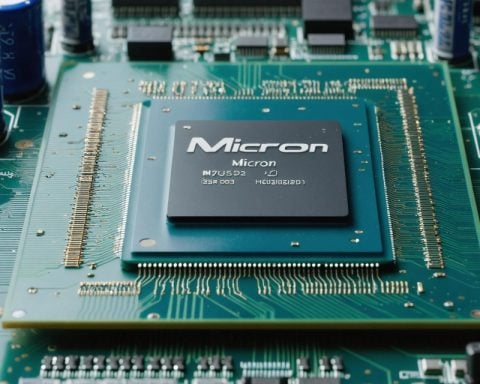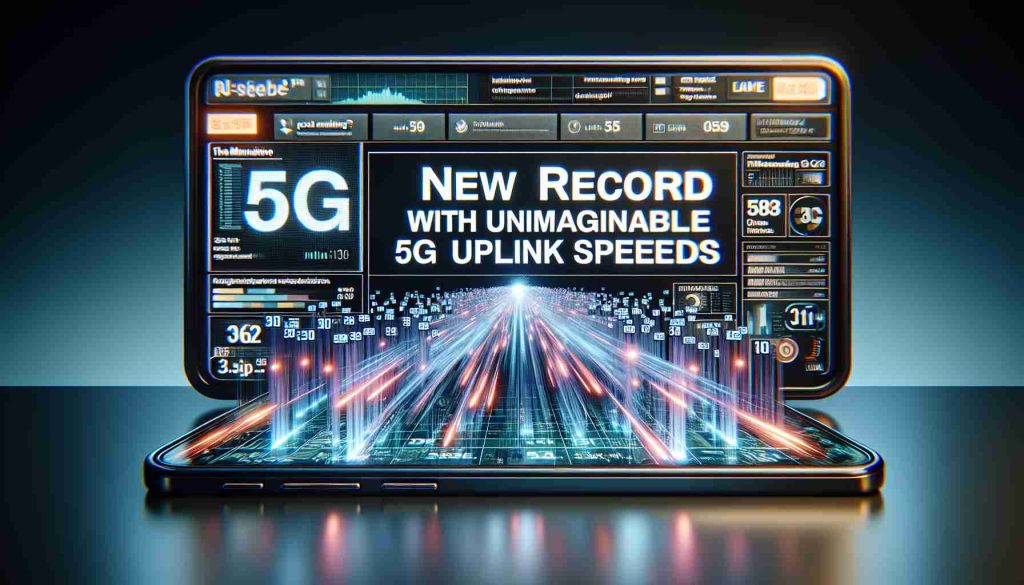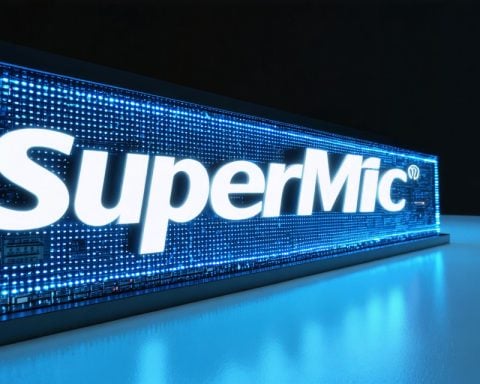Ericsson has made a significant leap in enterprise communication technology with the launch of two cutting-edge routers, the Cradlepoint R980 and S400. These innovations aim to provide businesses with reliable and secure Wireless WAN solutions.
The R980, crafted for rugged environments, is a 5G router specifically designed for vehicles. This powerful router supports sophisticated applications such as AI-powered video analysis and real-time data monitoring, making it an ideal choice for demanding operational needs. On the other hand, the S400 caters primarily to the Internet of Things, offering a semi-rugged design that ensures secure connectivity through a zero-trust network framework.
Both models seamlessly integrate with Ericsson’s advanced NetCloud platform, streamlining the deployment and management of IoT and vehicle networks. The platform enhances security while catering to the growing need for efficient service scaling in various enterprise environments.
According to Ed Walton, CEO of STEP, a key collaborator with Ericsson, the market is increasingly seeking the rapid, dependable connectivity powered by the latest 5G and LTE technologies. The R980 and S400 stand out by offering solutions tailored for mass-deployment scenarios without compromising on performance.
To further support users, the NetCloud platform now features automated carrier selection and cellular health monitoring, improving both installation processes and troubleshooting efforts. Additionally, the R980 meets the 3GPP Release 16 standards, paving the way for advanced network functionalities.
Ericsson’s focus on secure and robust connectivity highlights its commitment to supporting the transformation of industries through advanced AI applications.
Revolutionizing Connectivity: The Future Impact of Ericsson’s New Routers
Ericsson’s recent advancements in enterprise communication technology with the Cradlepoint R980 and S400 routers are set to transform not only how businesses operate but also the broader societal landscape. These routers will not only enhance enterprise operations but also influence the everyday lives of individuals by facilitating smarter urban environments and improving connectivity in remote areas.
One of the most notable impacts of these innovations is their potential to bridge the digital divide. In many regions, especially rural or underserved communities, reliable internet access has been a persistent challenge. The deployment of the S400, designed specifically for the Internet of Things (IoT), can enable smart agriculture solutions, remote health monitoring, and more efficient logistics—all of which can benefit communities that rely on these technologies for economic vitality.
Furthermore, the R980’s robust capabilities for vehicle networks can significantly influence public safety and transportation. Emergency services equipped with AI-enhanced video analysis can respond faster and more efficiently, potentially saving lives. On a larger scale, the integration of these routers into public transportation systems can provide real-time updates for commuters, enhancing overall urban mobility.
However, with the rise of such technologies comes significant controversy and debate over data privacy and security. As more devices become interconnected through the advancements offered by the R980 and S400, the potential for data breaches increases. Critics argue that while the zero-trust network framework aims to provide secure connections, the expansive data flow could be susceptible to cyberattacks, thereby compromising user privacy.
What are the advantages and disadvantages of this technological leap?
– Advantages:
– Enhanced connectivity in previously underserved areas, fostering economic growth.
– Improved emergency response and public safety through real-time data usage.
– Simplified management of connected devices, resulting in more efficient operations in various sectors like agriculture, health, and logistics.
– Disadvantages:
– Increased risk of data breaches as the number of connected devices grows.
– Potential over-reliance on technology, which could lead to vulnerabilities in critical services during outages or cyberattacks.
– Concerns over surveillance and the ethical use of AI in monitoring and data analysis.
As we consider these routers’ implications, one might ask: Will greater connectivity lead to greater inequality? While the tools for digital inclusion are being created, access to these technologies and their benefits is not guaranteed for everyone. Efforts must focus on not just introducing this technology, but also ensuring that all communities can access and utilize it.
Overall, Ericsson’s routers represent more than just technological advancements; they signal a broader shift in how communities, industries, and governments interact with the digital world in meaningful ways. The key question remains: how will society balance the benefits of technological advancements with the ethical considerations they entail?
For more information on these developments, you can visit Ericsson’s official website.

